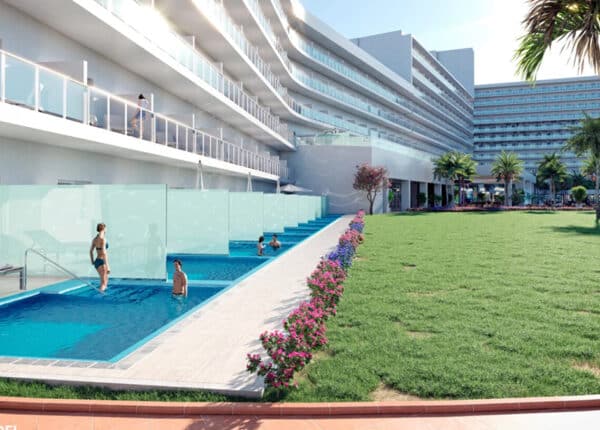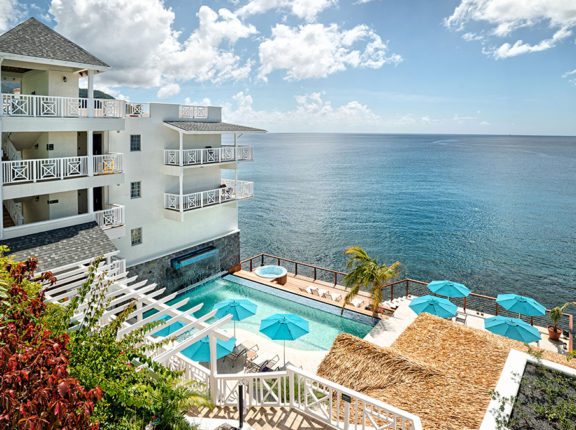By Michael W Edghill
CJ Contributor
Recently, noted columnist on Caribbean affairs, Sir Ronald Sanders, authored an article that appeared in numerous publications throughout the Caribbean.
The catalyst for his work appears to have been the remarks of Dr Ralph Gonsalves, Prime Minister of St Vincent & the Grenadines. Gonsalves, never one to be accused of timidity, who commented in April on the failings of Caricom states to embrace the integration process.
Taking the lead from the Prime Minister, Sanders elaborated upon some of the difficulties that have inhibited the integration process and placed much of the blame for the shortcomings of the integration process squarely at the feet of the Heads of Government of the member states.
Their lack of initiative over the years, no doubt attributed to domestic political considerations, has left Caricom as more of a theoretical body as opposed to a functional body like that of the EU.
In April of 2011, the University of the West Indies Institute of International Relations issued a report on the status of Caribbean Regional Integration.
The comprehensive report identified a number of issues that have inhibited the integration process.
Among the contributing factors were the weakness of Caricom institutions and the difficulties of integrating economies of such divergent scales.
The report went on to make numerous suggestions on how to structurally change Caricom to create an effective body.
Rather than focusing on the detailed and complex suggestions (though wholly rational, reasonable, and worthy of a closer look) for moving the integration process forward, perhaps a few robust initiatives would provide the needed catalyst for advancing towards a functional Caricom.
Restructuring the Caricom governing body: This idea would necessitate the creation of a political study group to evaluate the failings of the current Caricom governing structure outside of the widely held view that the Heads of Government of member states hold too much power in Caricom as an institution.
There are assuredly other institutional weaknesses that prohibit the governing body of Caricom from being effective. Identifying those weakness and coming up with workable solutions based upon those elements of governance that are more successful in supranational bodies like the EU would go a long way in reestablishing a reorganized Caricom as a functional institution as opposed to a theoretical institution with limited success in Caribbean integration.
Full integration of the Dominican Republic into Caricom: For too long, Caricom has been mired in indecisiveness over the question of admitting the Dominican Republic into Caricom. The recent citizenship crisis between the DR and Haiti has not helped this issue. That being said, the time has come for Caricom to finalize this question and find a way to integrate the Dominican Republic into Caricom. One of the problems that Caricom has had with integration over the years is finding a way to fairly work within the varied economies of scale that exist within the body. The unstated reality is that Trinidad & Tobago has been unwilling to serve as an underwriter for regional economic stability in the way that Germany has for the EU. The integration of the Dominican Republic should serve as a catalyst for a renewed and extensive look at how to make this work in Caricom. The DR would add another large and growing economy to Caricom thereby potentially alleviating any perceived economic burden that integration may impose. Perhaps the creation of a scaled system of economic contribution would be a simultaneous negotiation along with the integration of the Dominican Republic. While the various possibilities are numerous, the time has come for action on this issue. And depending on the results of the integration of the Dominican Republic into Caricom, a look at the relationship between Cuba and Caricom may be subsequently appropriate. (Although the country’s controversial citizenship ruling last year will remain an impediment).
Utilizing the “new” Caricom as a unified body in new trade/investment agreements: Much like the agreement between the EU and Cariforum, a ‘new’ Caricom (as created by fulfilling the prior two suggestions) should have the ability to enter into new supranational trade agreements in a stronger position and with a unified voice.
Discussions of the validity and value of ‘free trade’ as a driver of upward economic mobility for all in society are valuable but cannot overcome the overwhelming evidence that creation of new ‘free trade’ zones is the current wave in international economic relations.
Having a stronger voice in these discussions is necessary for member states that hope to continue economic growth in the future.
The “new” Caricom would be primed for negotiations on how to engage with NAFTA to the benefit of its member states.
Likewise, a new Caricom has the potential to open up a whole new range of investment opportunities, especially for those interested in renewable energy investment. If there is one thing that the individual states of the Caribbean seem to be unified on currently, it is the need to address climate change and the creation of more renewable energy sources in the Caribbean.
The ability to explore those investment opportunities as a regional body as opposed in individual states appears, at least superficially, to be of great value to the Caricom member states.
These ideas are all simply possibilities, however, and will go nowhere without the political will of the current Heads of Government of Caricom member states.
As with any supranational organization, members have to be willing to give of their authority in the first place for any changes to take place. It is now a matter of whether member states are willing to concede that there is a pressing problem with full integration within Caricom and take the steps necessary to ensure a vibrant Caricom for the future.
Michael W Edghill, a Caribbean Journal contributor, teaches courses in US Government & in Latin America & the Caribbean. His work has also appeared in the Yale Journal of International Affairs and Americas Quarterly.







